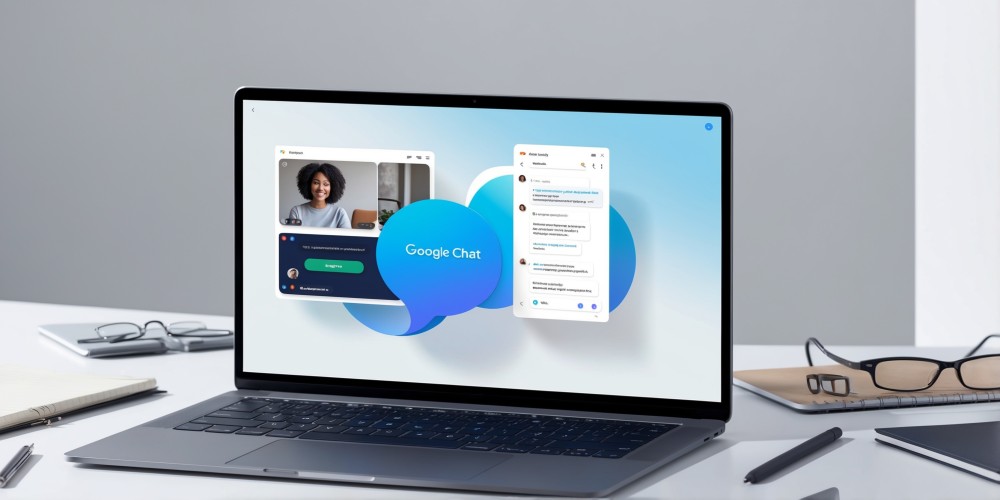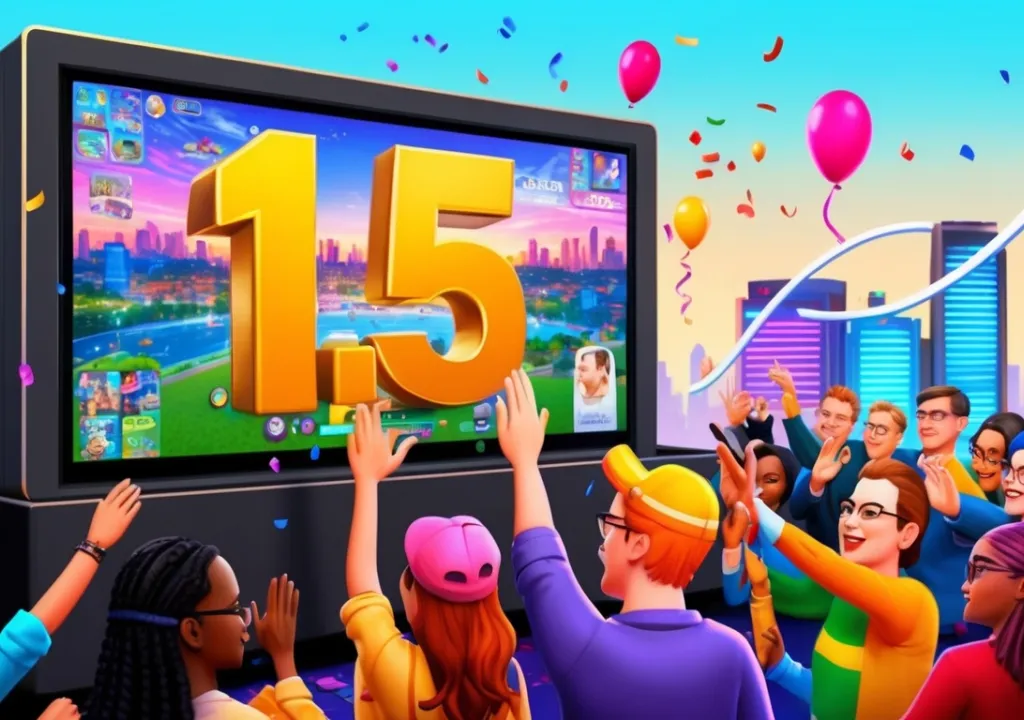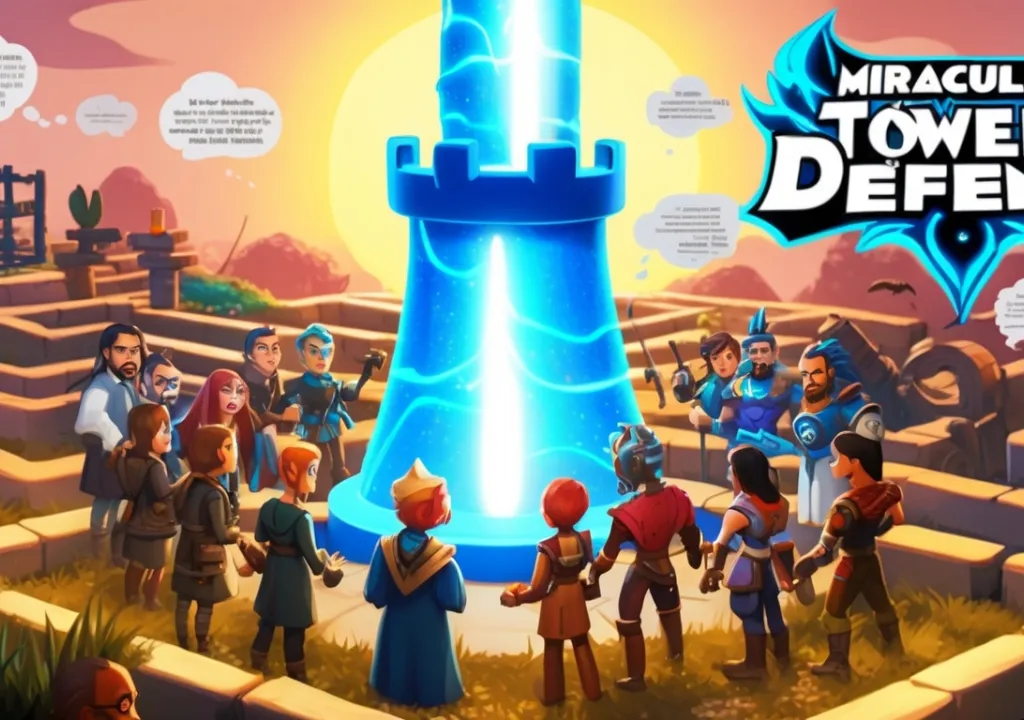
Google has unveiled exciting updates for its messaging platform, Google Chat, which is predominantly accessed by users through Gmail. The enhancements, including the new video messaging feature, aim to facilitate more effective communication among users, while also saving valuable time. In addition, Google is enhancing its voice messaging feature introduced earlier this year by integrating further functionalities to improve user experience.
With the recent updates, video messaging is now available in Google Chat, and Google has shared potential practical applications in a dedicated Workspace blog. This feature can be beneficial for customer support and sales teams, allowing them to convey video updates about new functionalities or changes in client accounts. Furthermore, it can serve as a method for disseminating company-wide announcements or as a stand-in for a missed live meeting.
Similar to traditional chat messages, this video messaging functionality can be utilized in direct messages, group DMs, and spaces, allowing for interactions such as quoting, reacting, or replying. All video messages sent or received will be cataloged within the Media section of the Shared tab for easy access.
Despite its advantages, the video messaging feature comes with some restrictions, the most significant being its accessibility. According to Google, this capability is currently unavailable on ChromeOS, Linux, and Firefox browsers. Users can receive video messages on all platforms but can only send them via the web interface. At this time, mobile users do not have access to this functionality.
Furthermore, Google has introduced a transcription feature for voice messages in Google Chat. Users will be able to see automatic transcriptions of voice messages accessible through both online and mobile interfaces. The transcription can be viewed by selecting the new View transcript option that appears below the voice message, although there is also an option to hide the transcripts if preferred.
Google emphasizes that these voice message transcripts are designed to be compatible with screen readers, reinforcing accessibility. The transcription feature will follow the language preferences set on the user’s device, ensuring that the content is presented in a familiar language for each individual user.








